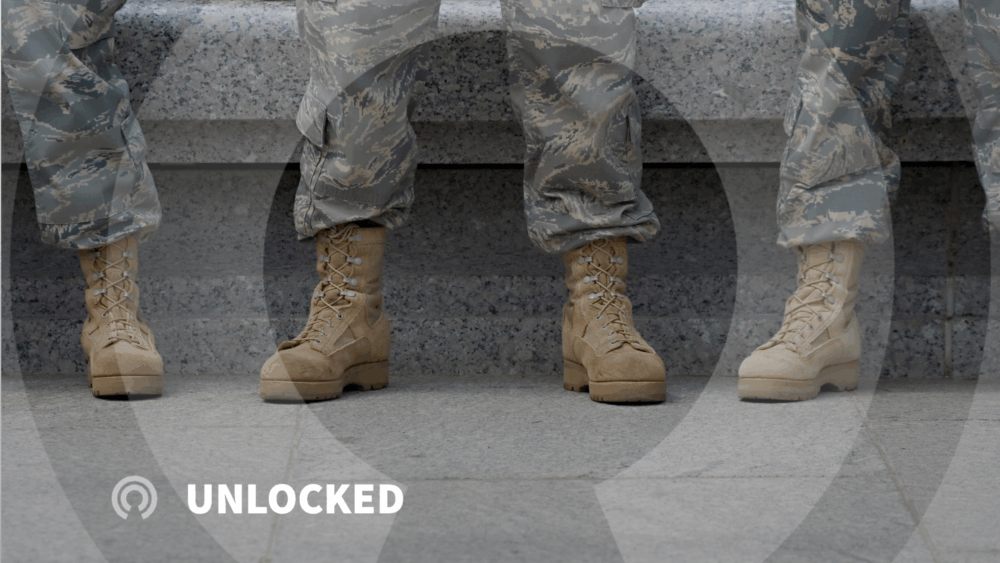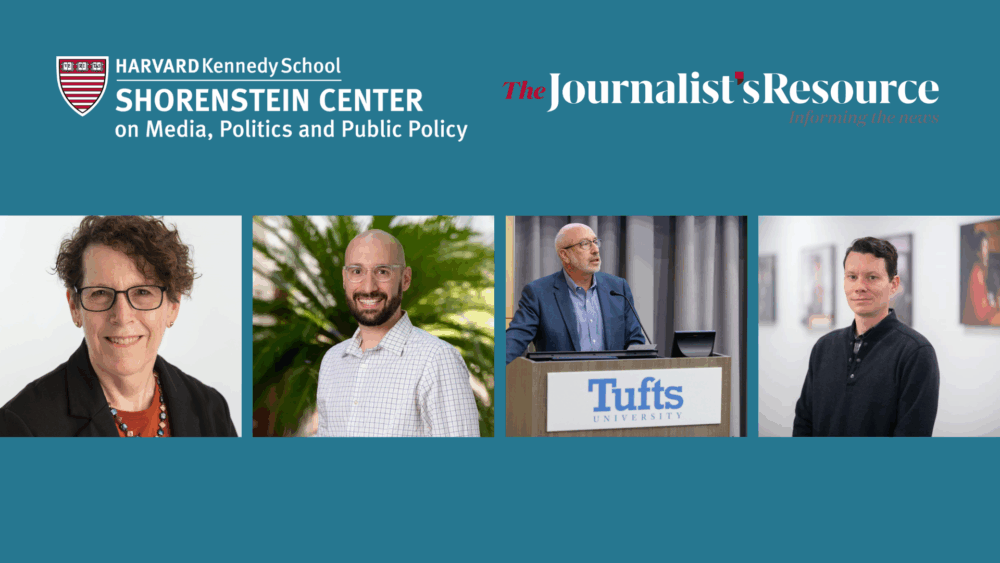
Explainers, Podcasts, Videos
Unlocked: Who controls the National Guard?
Reports & Papers
 John G. Geer
John G. GeerShorenstein Center Fellow, Fall 2009
Distinguished Professor of Political Science, Vanderbilt University
“Ads are about news coverage these days.”
Mark McKinnon, November 2009
The rise of negativity in presidential campaigns is well documented. Few doubt that attacks ads are more common in campaigns today than just 25 years ago. The typical assumption is that this negativity is a product of what we might call the Karl Rove mentality. Consultants urge more and more attack ads because the “dark arts” help their candidates win elections. Surely, the actions of consultants are part of the explanation for the rise of negativity. But the untold story is the news media’s role in this surge of attacks. Journalists, I contend, started paying a lot of attention to advertising during the 1988 presidential campaign and have continued to do so. And most of this new attention is on negative advertising. This shift in coverage has recast the incentives of consultants, altering how they approach presidential elections, in general, and advertising, in particular. Consultants now know that attacks can draw significant attention in the free media, which gives them more incentive to produce and to air negative ads than they had 25 years ago. Consequently, this paper contends that changes in the behavior of the news media have helped to fuel the rise in attack politics. By shedding light on this recent development, this paper hopes to advance our understanding of negativity, campaigns and the news media. This better understanding will, in turn, offer timely lessons for journalists, consultants and scholars about attack politics.

Explainers, Podcasts, Videos

Videos

Explainers, Podcasts, Videos